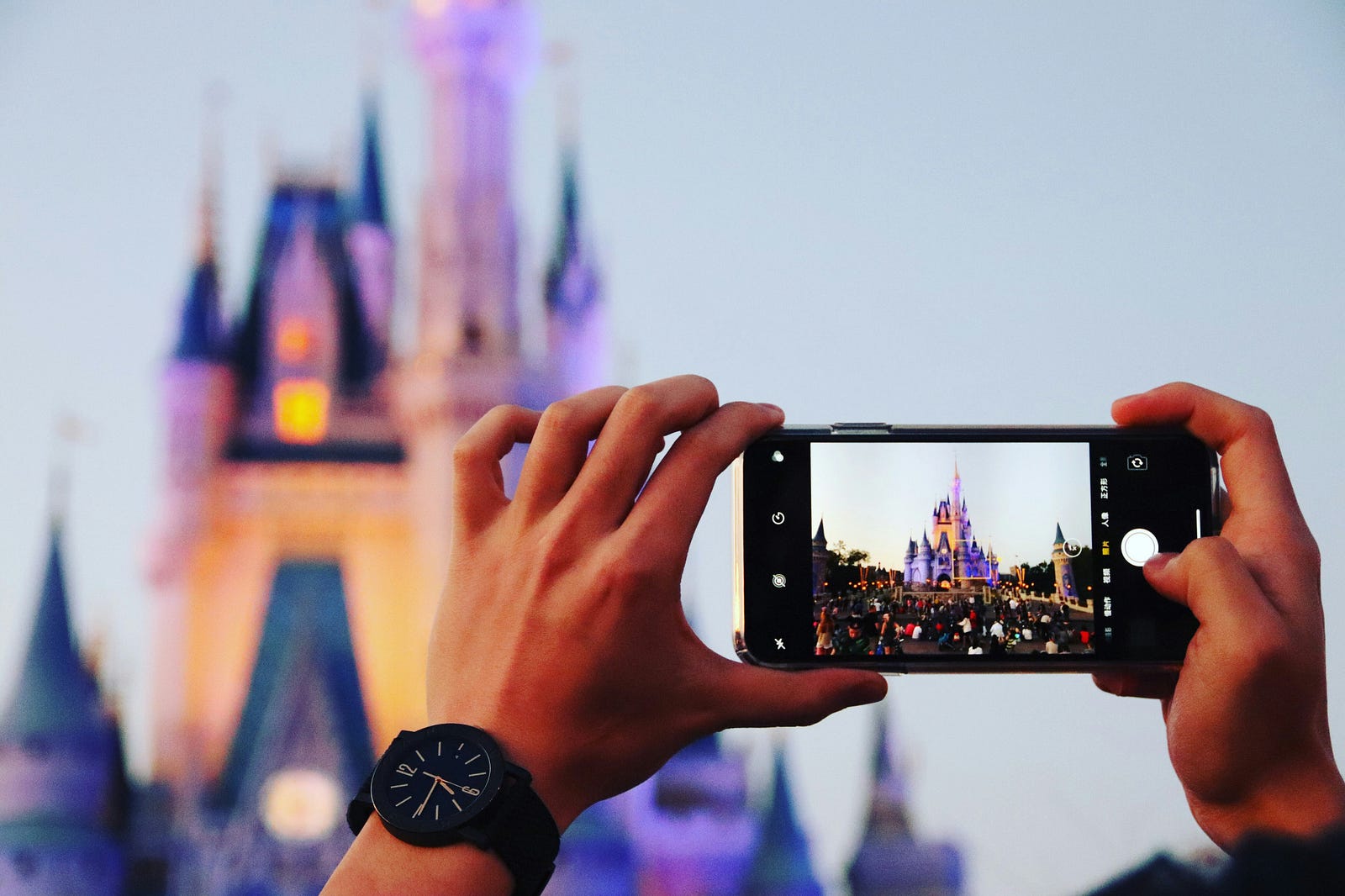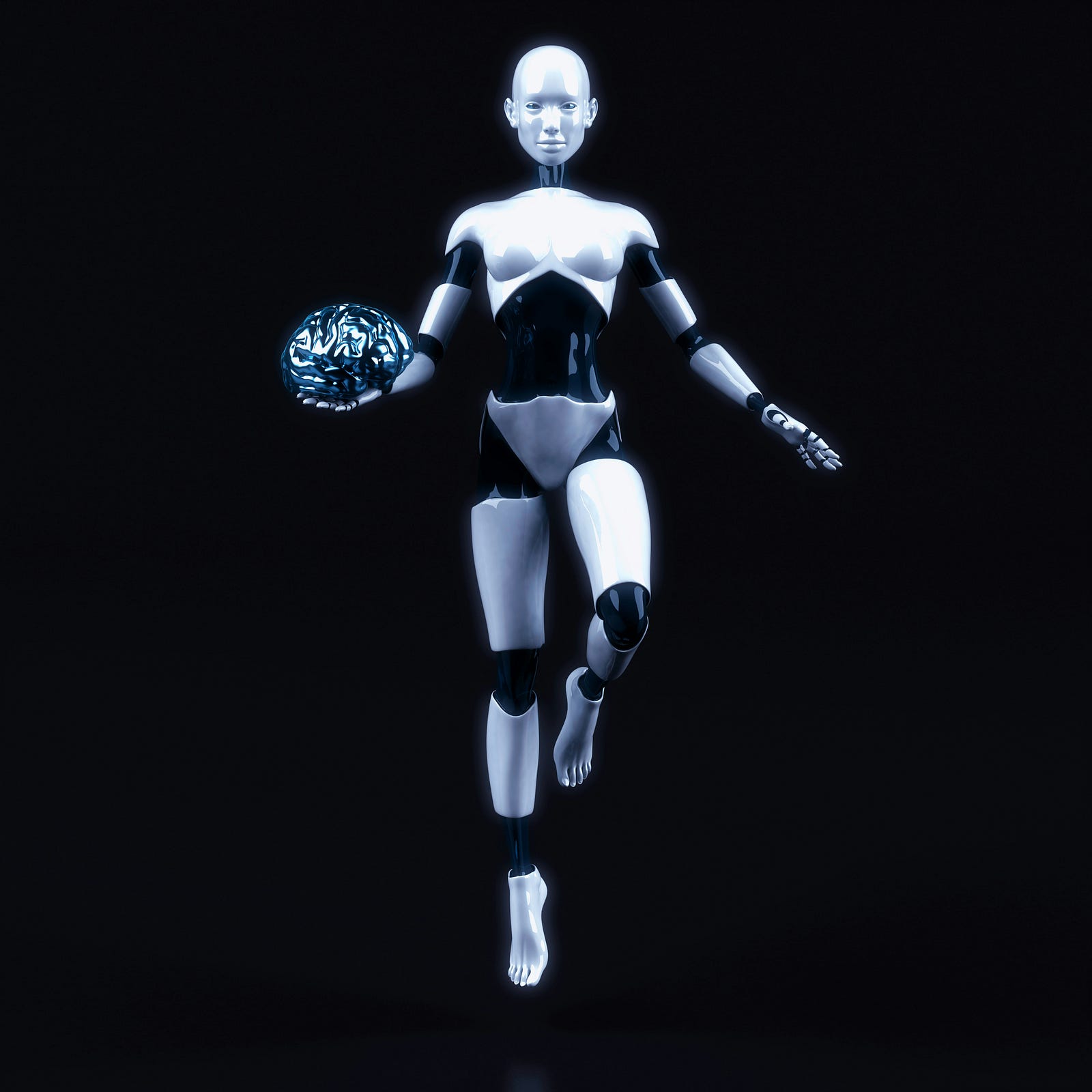IN THE HEART OF MODERN MEDICINE, A GROUNDBREAKING technology emerges. It bridges the gap between doctor-patient conversations and clinical documentation. Today, I look at the rise of AI in medicine: transforming healthcare with generative technology.
Most of my patients with cancer fear “not knowing” almost as much as they are apprehensive about their diagnosis.

The best part of my job is meeting newly diagnosed individuals. I am skilled at communicating complex information in an easily understandable language.
A revolutionary technology is emerging, poised to enhance what I love: direct, face-to-face discussions between doctors and patients.
Healthcare Administrative Burden in the U.S.
Amidst burnout, staffing gaps, and mounting administrative pressures, doctors in the U.S. are grappling with formidable challenges.
However, a recent Athena survey suggests a glimmer of hope, as many physicians believe that artificial intelligence could alleviate these burdens.
The survey paints a grim picture: over 90 percent of physicians regularly experience burnout. The culprit? Excessive administrative tasks, particularly paperwork, are cited by 64 percent of doctors as overwhelming.
Shockingly, the report reveals that more than 60 percent of respondents have contemplated abandoning the medical field altogether.
Artificial Intelligence and Clinic Visits
Now, we have an innovative tool that effortlessly transforms dialogue into comprehensive clinical notes, all through the power of AI.
Over 30,000 health and tech professionals recently convened at the Healthcare Information and Management Systems Society conference.

Ambient clinical documentation took center stage on the bustling exhibition floor.
Ambient Clinical Documentation
Here’s what you need to know about this innovative technology:
Ambient clinical documentation allows doctors to record patient conversations, automatically turning them into clinical notes and summaries using artificial intelligence.
As a clinician, I see new patients on most days.

One of the most time-consuming tasks is writing notes. The consult note is quite time-consuming. I also need to place orders (for example, for radiation therapy planning).
I spend about 30 minutes on these additional tasks.
The new technology would allow me to focus even more on patient conversations.
It records the conversation (with the patient’s consent) and converts it to a clinician note.
Paperwork is Remarkably Burdensome
Clinicians in the U.S. healthcare system grapple with substantial administrative burdens, presenting a significant challenge.

According to a survey by Athenahealth, over 90 percent of physicians express experiencing regular burnout, primarily attributed to the required voluminous paperwork.
I would converse with my patient and their supporters in the new AI-powered world.
Then, I would leave the consultation, push a button, and voila! Within seconds, artificial intelligence would compose a note.
AI in Medicine
The business network CNBC reports that enterprises such as Microsoft’s Nuance Communications, Abridge, and Suki are confident that their innovations can alleviate doctors’ administrative burdens, fostering a renewed focus on patient connections.

While we often focus on the perils of artificial intelligence, relieving clinicians’ administrative burdens may be a big upside of AI.
But will it interfere with the patient: clinician’s interaction? What about privacy and data security?
AI in Medicine. What do you think?
Revolutionary AI Tool Promises Instant Cancer Detection Reporting
https://medium.com/beingwell/artificial-intelligence-may-render-some-medical-specialties-obsolete-0590cc2212fe
Thank you for reading “AI in Medicine.” One more thing: Please consider signing up to follow this blog. Thank you.




